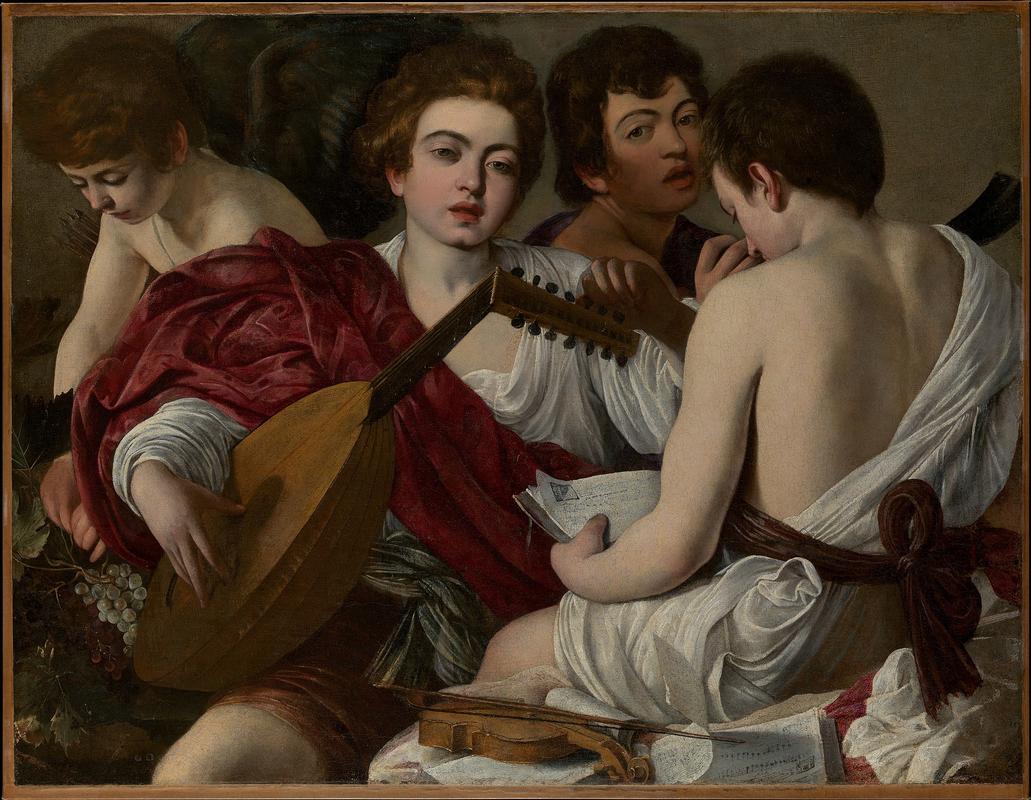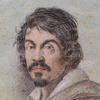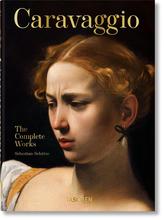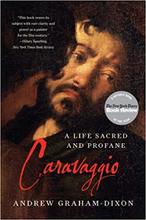More about The Musicians
- All
- Info
- Shop

Contributor
Caravaggio's Musicians is a brilliant study of light and form, and adds to the ever-increasing biography of Caravaggio himself, one of the most influential artists in the history of Europe.
The Musicians, or Concert of Youths, is one of many paintings used by the Dutch "Caravaggisti," the Caravaggio fans, such as Judith Leyster, and Johannes Vermeer, to develop their own kind of realistic painting.
The Musicians dates from immediately before Caravaggio moved into the luxurious, art-filled crib of the Cardinal del Monte, and it may have been Caravaggio's "magic ticket," à la Willy Wonka, to enter the inner circle of the powerful and well-connected art collector. Del Monte eventually owned ten Caravaggios, hosting the artist, and paying him, for three or four years during this period. In Roman society, the Church and the government were like two sides of the same piece of toast, and Popes and Cardinals often linked up with the top financiers, artists, and scientists, like del Monte's friend Galileo.
The Musicians is a good example of Caravaggio's incredible cleverness in creating an idiom of almost-secular painting within the context of the Church: as del Monte directed the choir for the Sistine Chapel, famous for its exclusive use of castrati, eunuchs, who could reach those really high notes, he appreciated an image of a musical scene. Caravaggio makes a cameo as the horn player looking over his shoulder, prefiguring Alfred Hitchcock's thing. Another del Monte-Caravaggio commission, The Lute Player, also showcases the theme of music which, for del Monte, was directly connected to alchemy, science, and esotericism.
A whole gang of people, beginning during Caravaggio's life and continuing with today's researchers, claim that Caravaggio had sexual relationships with boys. These claims are associated, first and foremost, with a libel trial the artist had against the critic Baglione, who began the rumor and put Caravaggio's face in one of his paintings, as the face of Satan, and "once an artist was smeared as a pederast, his work was smeared too." but a surprisingly large number of such claims are plucked from subjective analyses of his paintings themselves. No matter how suspect the art may or may not appear, this kind of judgment is disrespectful to the imaginative and fictional potential of art. Laura Rorato claims that the idea that Caravaggio restricted his sex life to grown women is "weak," based on contemporary sources which describe his associations with local sex workers. Biographer Andrew Graham-Dixon offers the opinion of most Caravaggio writers, however, although it is still a guess: "there is a good chance that the rumors were true and that Caravaggio did indeed have a sexual as well as a working relationship with 'his owne boy or servant.'" Can we separate his work from his life? It depends on our purpose: when we are studying his masterful use of naturalistic light, like the Caravaggisti did, then we are obligated to set aside his biography. If we are hanging them on our wall, or teaching about him, we can review the evidence, collected in many biographies, ourselves.
Sources
- Fried, Michael. The Moment of Caravaggio. Princeton: Princeton University Press, 2010.
- Gilbert, Creighton. Caravaggio and His Two Cardinals. University Park, PA: Penn State Press, 1995.
- Graham-Dixon, Andrew. Caravaggio: A Life Sacred and Profane. New York: W. W. Norton, 2011.
- Hanson, Ellis. Out Takes: Essays on Queer Theory and Film. London: Duke University Press, 1999.
- Luke, Ben. "How much of conservators’ work should be visible and how much should be hidden?" The Art Newspaper, Mar. 15, 2018, https://www.theartnewspaper.com/news/how-much-of-conservators-work-shou….
- Martin, Amy M. "It's hard not to love Caravaggio." Caravaggista, Sep. 8, 2011, http://caravaggista.com/2011/09/its-hard-not-to-love-caravaggio/.
- Puglisi, Catherine R. Caravaggio. London: Phaidon Press, 2000.
- Rorato, Laura. Caravaggio in Film and Literature: Popular Culture's Appropriation of a Baroque Genius. London: Routledge, 2017.
Featured Content
Here is what Wikipedia says about The Musicians (Caravaggio)
The Musicians or Concert of Youths (c. 1595) is a painting by the Italian Baroque master Michelangelo Merisi da Caravaggio (1571–1610). The work was commissioned by Cardinal Francesco Maria del Monte, who had an avid interest in music. It is one of Caravaggio’s more complex paintings, with four figures that were likely painted from life.
Check out the full Wikipedia article about The Musicians (Caravaggio)














